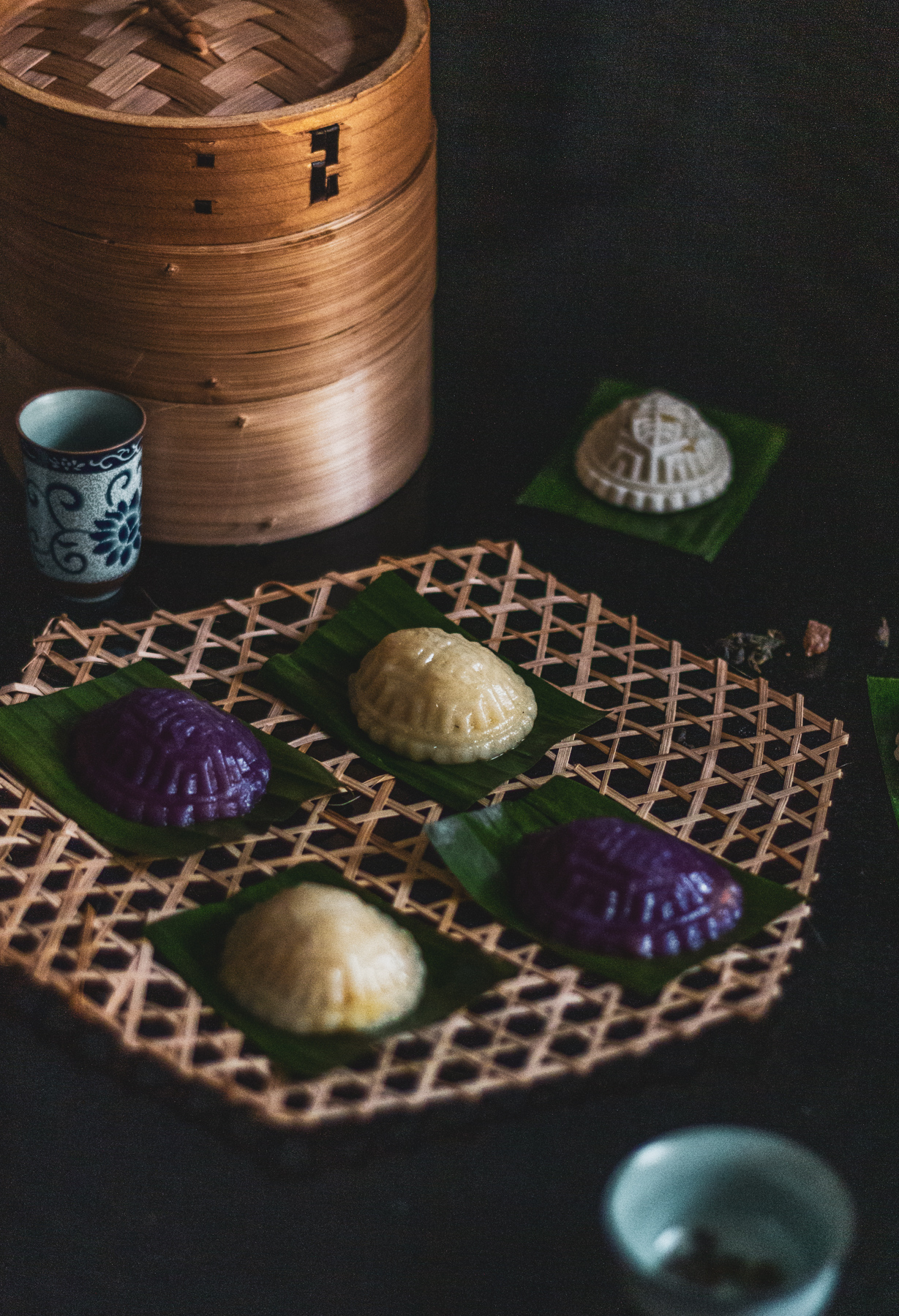
Lately, we start to make Kueh (aka. cake) at home – “Nonya Kueh” is part of our cuisine in Singapore. We had all these delicious Kueh since we were kids so we decide to get to know more about them. Kueh is a universal language for all kinds of cakes and desserts in Kueh’s dictionary. Back in the old days, we will run to the table to grab all the Kueh we could whenever our mother makes it or our grandparents brought it from one of those Nonya stores outside. It comes in all kinds of flavors; sweet, savory or a mixture of both. It is a huge part of our very own dessert heritage in Singapore.
Therefore we decided to trace back our heritage and rediscover the different ways of making it. After trying, we rediscover how easily you could make it at home. There are many techniques and steps hence it is rather simple and fun to do it like baking. Kueh involved with different types of culture – there are Malay, Chinese, Peranakan, Eurasian and Indian- that what makes a multiracial of our motherland. We also discover the different methods; steamed, fried, baked, layered, boiled, leaf-wrapped and many more.
We are going to start with the steam + leaf-wrapped method, and it will be the most popular choice Ang Ku Kueh.
Learn how to make traditional Ang Ku Kueh filled with homemade sweet mung bean paste. This recipe is easy yet it is soft and chewy. I have been in the mood for tinkering in the kitchen and so I did my very first Ang Ku Kueh and it is a success.
We try both traditional and simple methods for this Ang Ku Kueh and we like both of them. The simple method consists of no cooking of dough and the Ang Ku Kueh is made with mainly glutinous rice flour without any sweet potato-like in the traditional recipe. The Ang Ku Kueh is soft yet chewy, which I like. The sweet potato version is less chewy. I guess it’s really a personal preference.
This round I use a homemade sweet mung bean paste for filling instead of sweetened peanut filling. All of a sudden I have this craving for sweet mung bean paste. I made it the day before so I won’t feel so overwhelmed trying to do everything on the same day. We did the traditional method for the mung bean paste, whereby it is steamed and then cook on the pan. If we have a pressure cooker it will be much easier. (this year we need to invest in one)
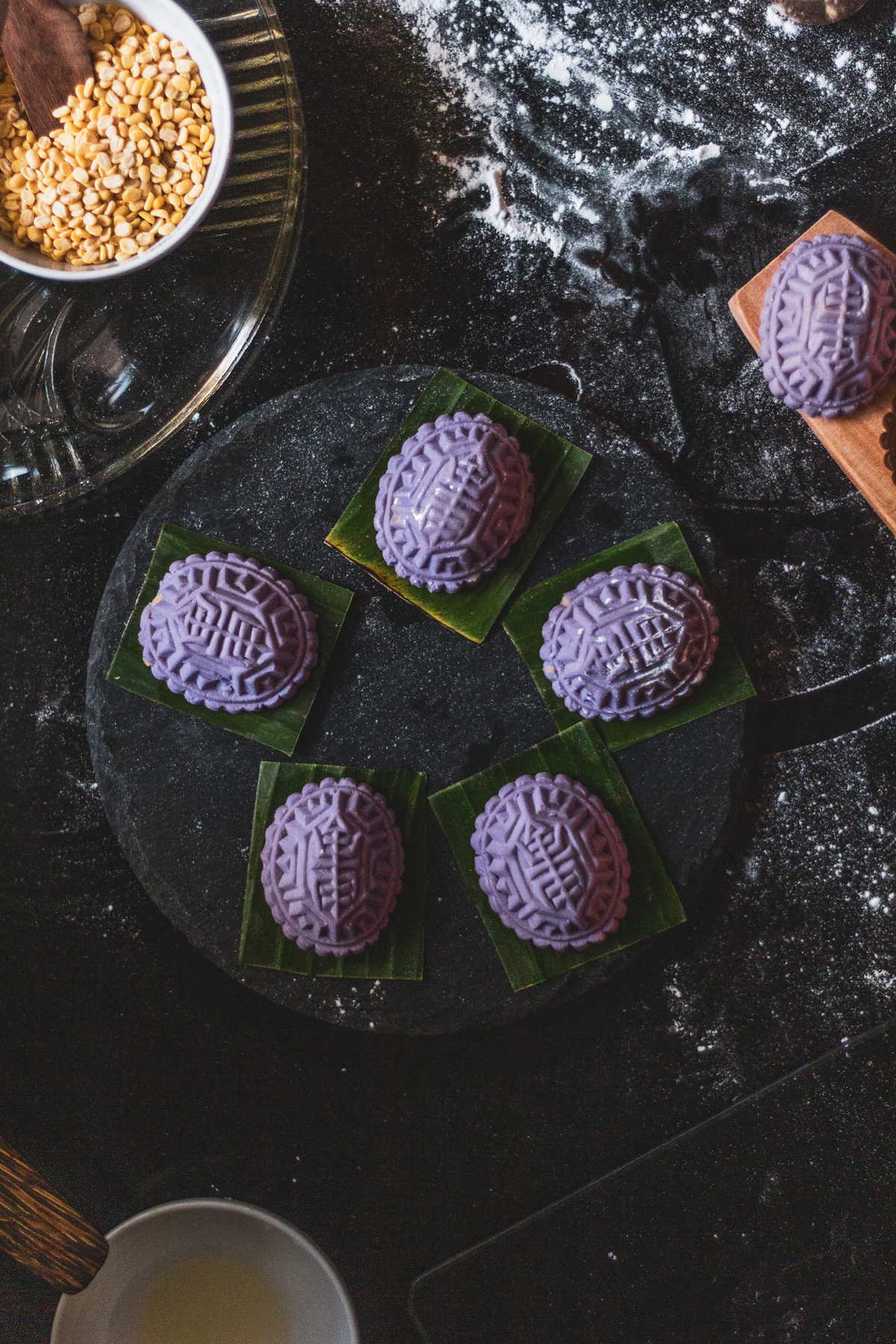
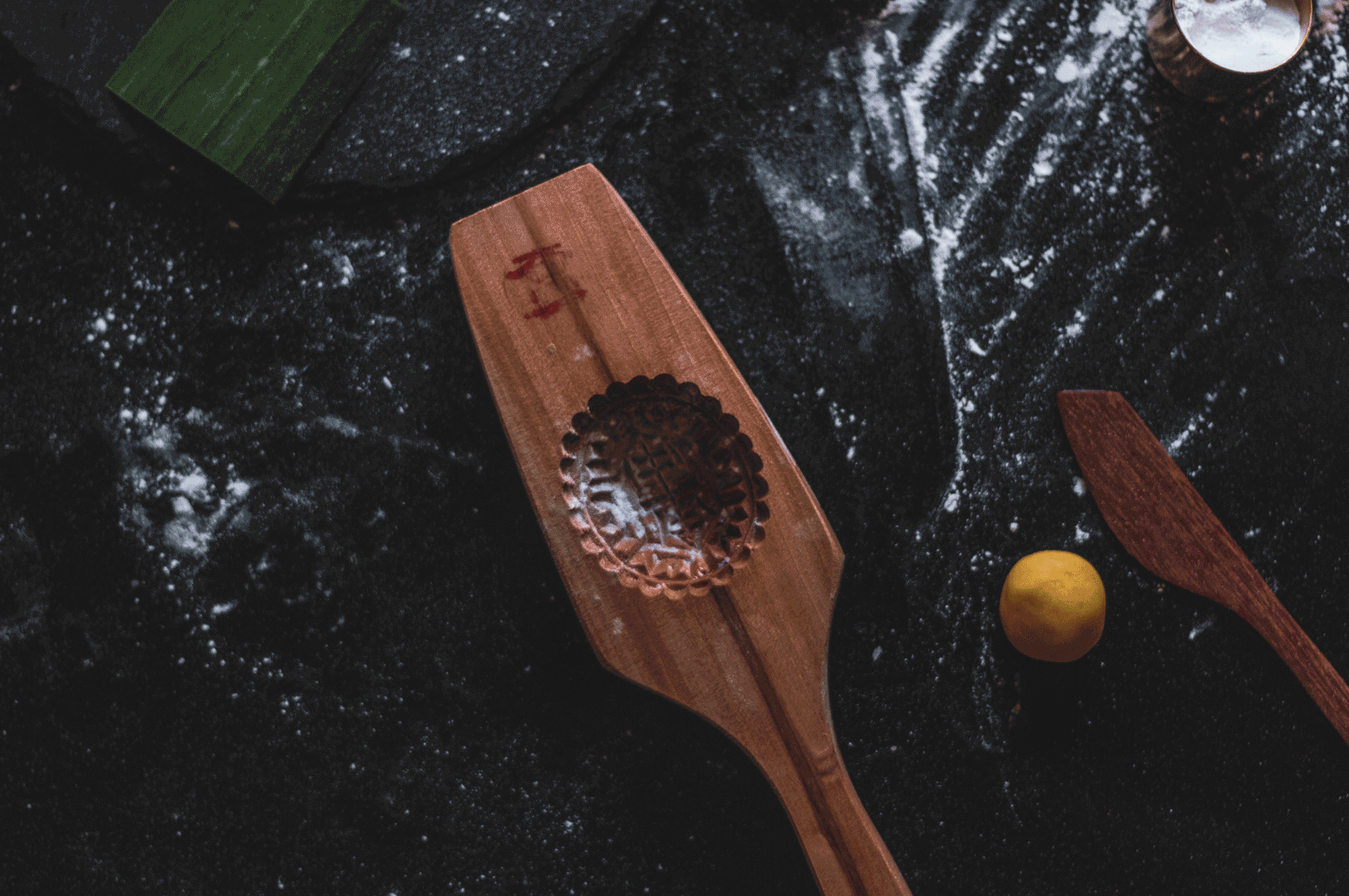

When pressing the dough into the mold remember to dust the surface of the wrapped dough with a very thin layer of glutinous rice flour. (to prevent it from stuck onto the mold)Place the wrapped roll into the mold and press gently to shape. Knock the sides of the mold to release the kueh and place it on a piece of greased banana leaf.
Lastly, steam the Ang Ku Kueh and you’re good to go!
Place the molded kuehs in the steamer and steam at high heat for three minutes. Brush the steamed Ang Ku Kuehs with a thin layer of oil and let it cool down slightly before serving. While the preparation of making Ang Ku Kueh is troublesome, but the end product is worth it!
Give this recipe a try and don’t forget to tag us on Instagram as @leplaincanvas and use the #byplaincanvas hashtag. I love seeing your takes on my recipes!
xoxo, Angela
Making Kueh At Home – Ang Ku Kueh
Did you know that eating Ang Ku Kueh, also known as the Red Tortoise Cake, is a sign of longevity? They are shaped to look like tortoise shells with the Chinese character “寿” (which means ‘longevity”) imprinted in the centre. So, if there is a birthday coming up – you know what you can bring for the party!
Ingredients
200 g purple sweet potato peeled, cut into big chunks
250 to 300g glutinous rice flour
150 ml coconut milk
2 tbsp caster sugar
1 tsp salt
1 tbsp oil
100 ml water add more if required
1 packet banana leaves ; Cut into small pieces that fits the size of the kueh, brush with oil.
- Mung bean filling
300 g mung bean soaked in water for 1 hr
4 pandan leaves knotted
135 g caster sugar
1 tsp salt
3 tbsp shallot oil
3 tbsp water
Methods
- In a steaming bowl with mung beans, place the knotted pandan leave on it. Place mung beans and sweet potato on the steaming rack, steam at high heat. 15 mins later, remove from heat. Remove pandan leave from the mung bean. Blend mung bean with 5 tbsp water, sugar and salt. Mash sweet potato in a large mixing bowl.
- In a pan on medium heat, add in 3 tbsp of oil. Pour in the blended mung bean and fry until it is aromatic and dries up slightly. Transfer back into the bowl. Set aside and let cool.
- In the large bowl with mashed sweet potato, add in oil, coconut milk, salt and sugar. Blend it into a thick watery texture. Pour in 250g flour, knead with clean hands. Adjust the consistency of the dough with small portions of water and/or flour till the dough does not sticks to hand and the side of the bowl.
- Divide the dough and mung bean into 30g balls. Flatten the dough into a disc and place a ball of mung bean in the middle. Wrap carefully and ensure that the mung bean is fully sealed within the dough. Repeat the steps for the remaining dough and filling . Dust the surface of the wrapped dough with a very thin layer of glutinous rice flour. Place it into the mould, press gently to flatten. Knock the sides of the mould to release the kueh and placed it on a piece of greased banana leaf.
- Place the Ang ku kuehs in the steamer and steam at high heat for 3 minutes. Brush the steamed Ang ku kuehs with a thin layer of oil and let it cool down slightly before serving.



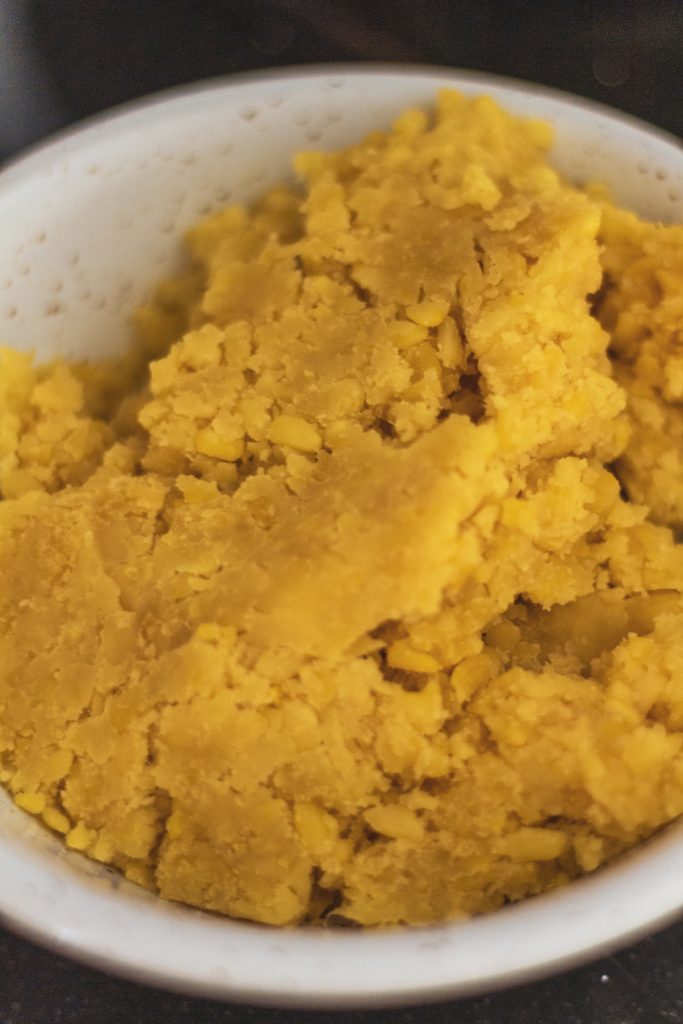


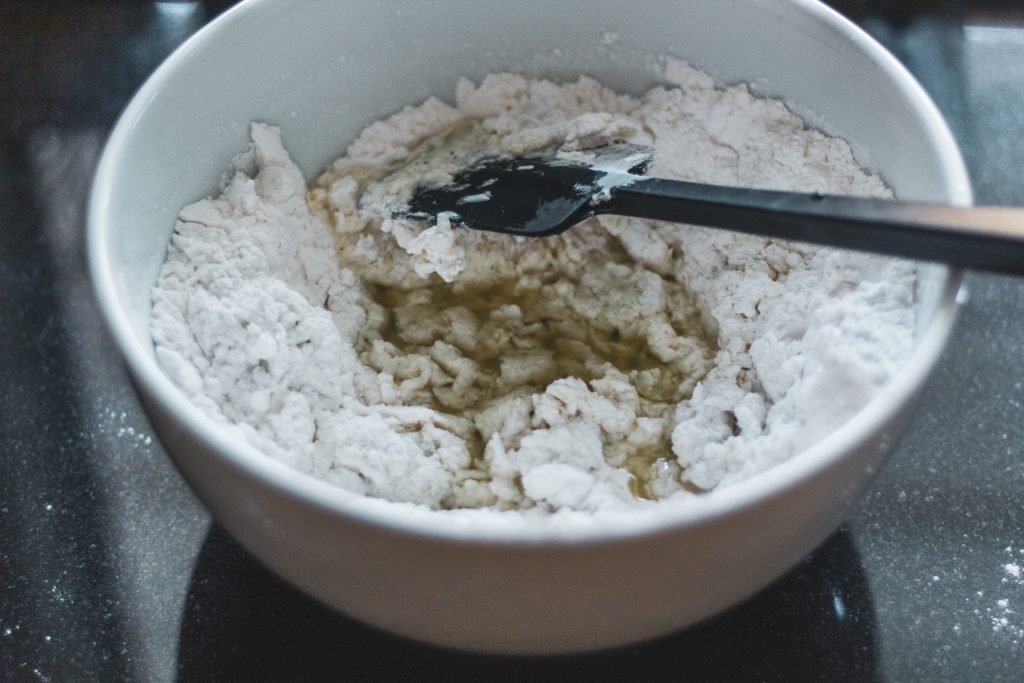
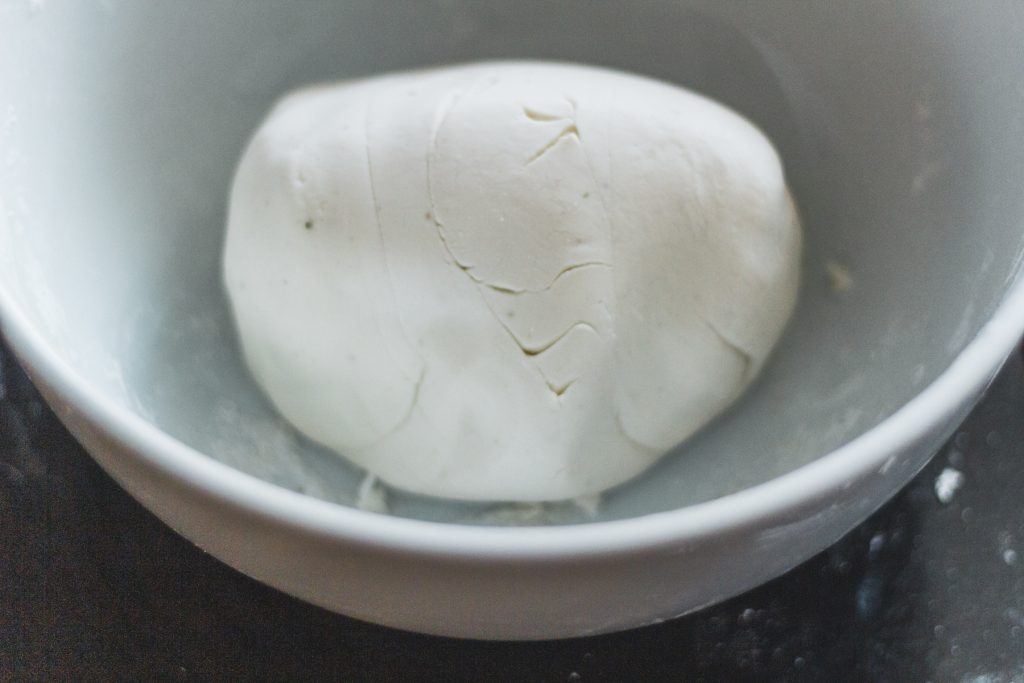
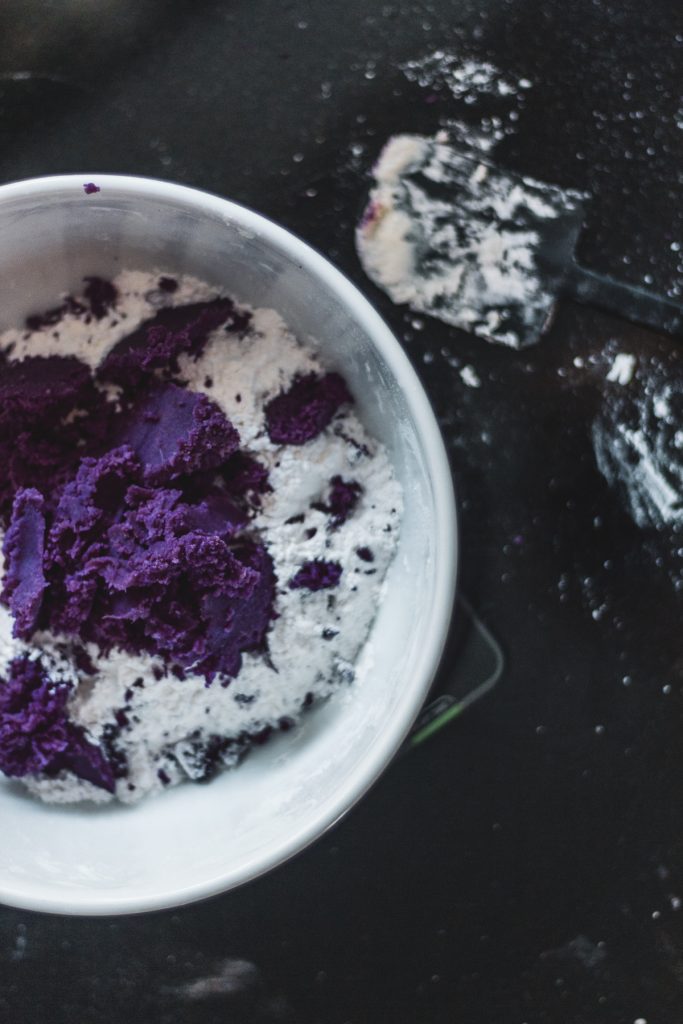
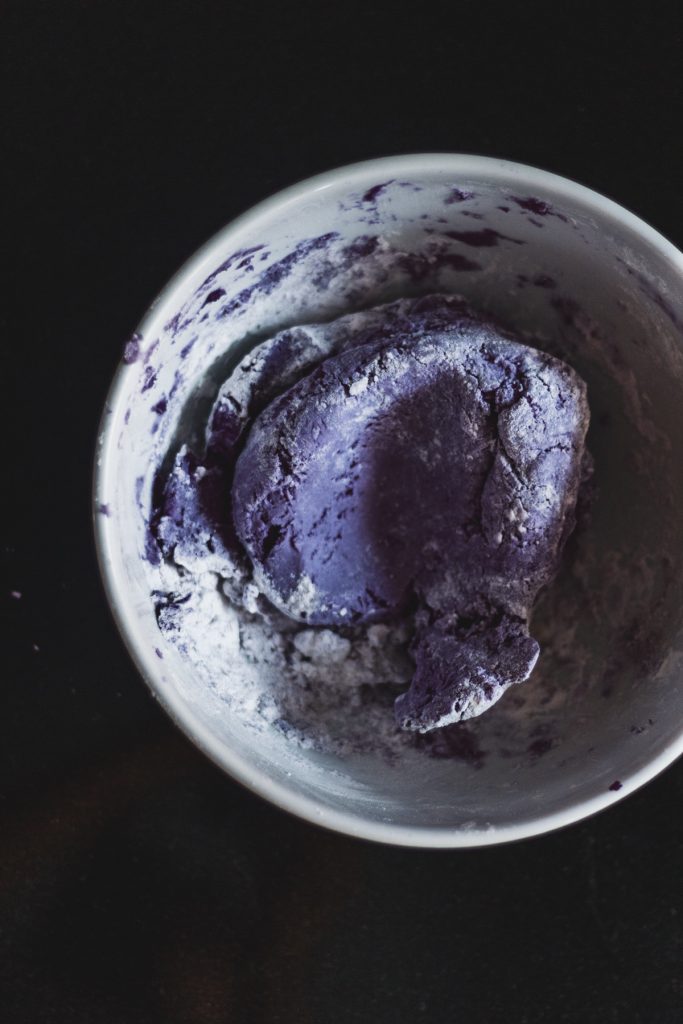
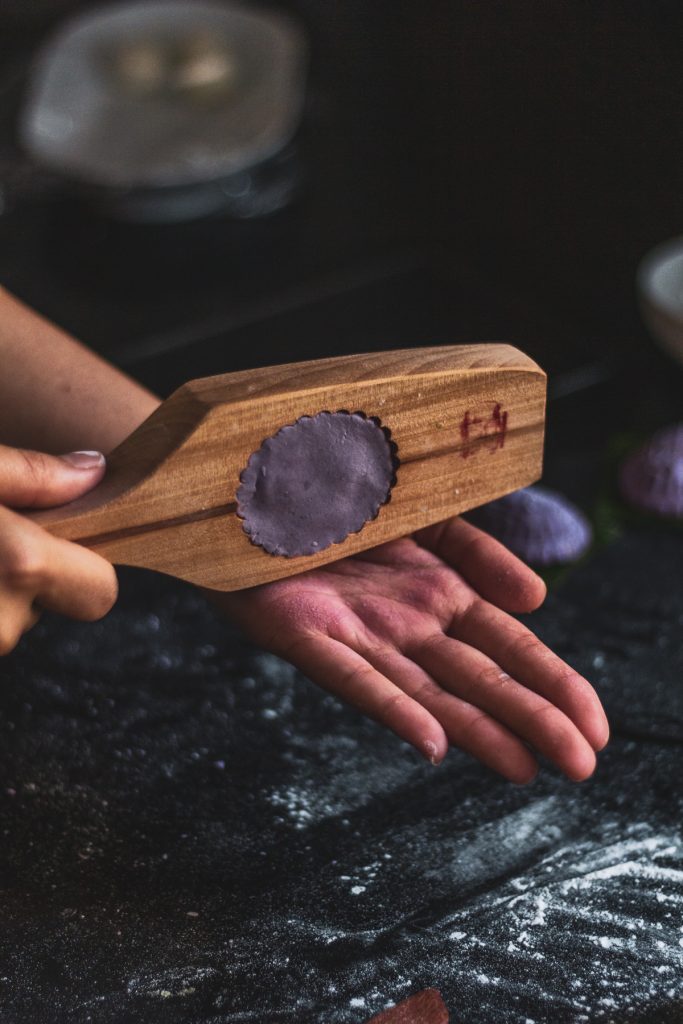
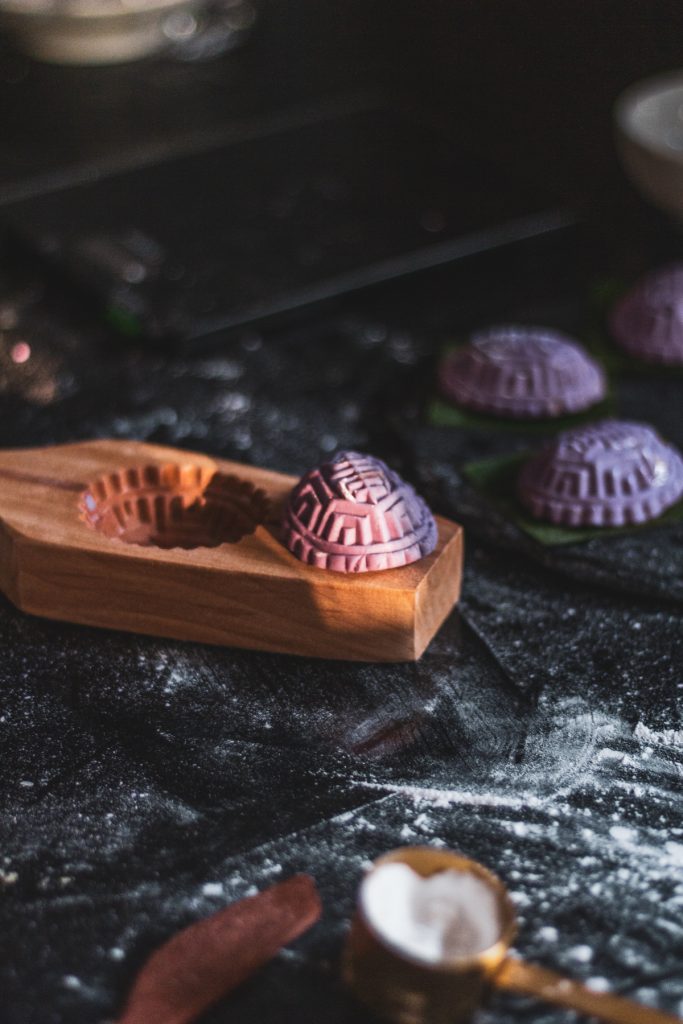

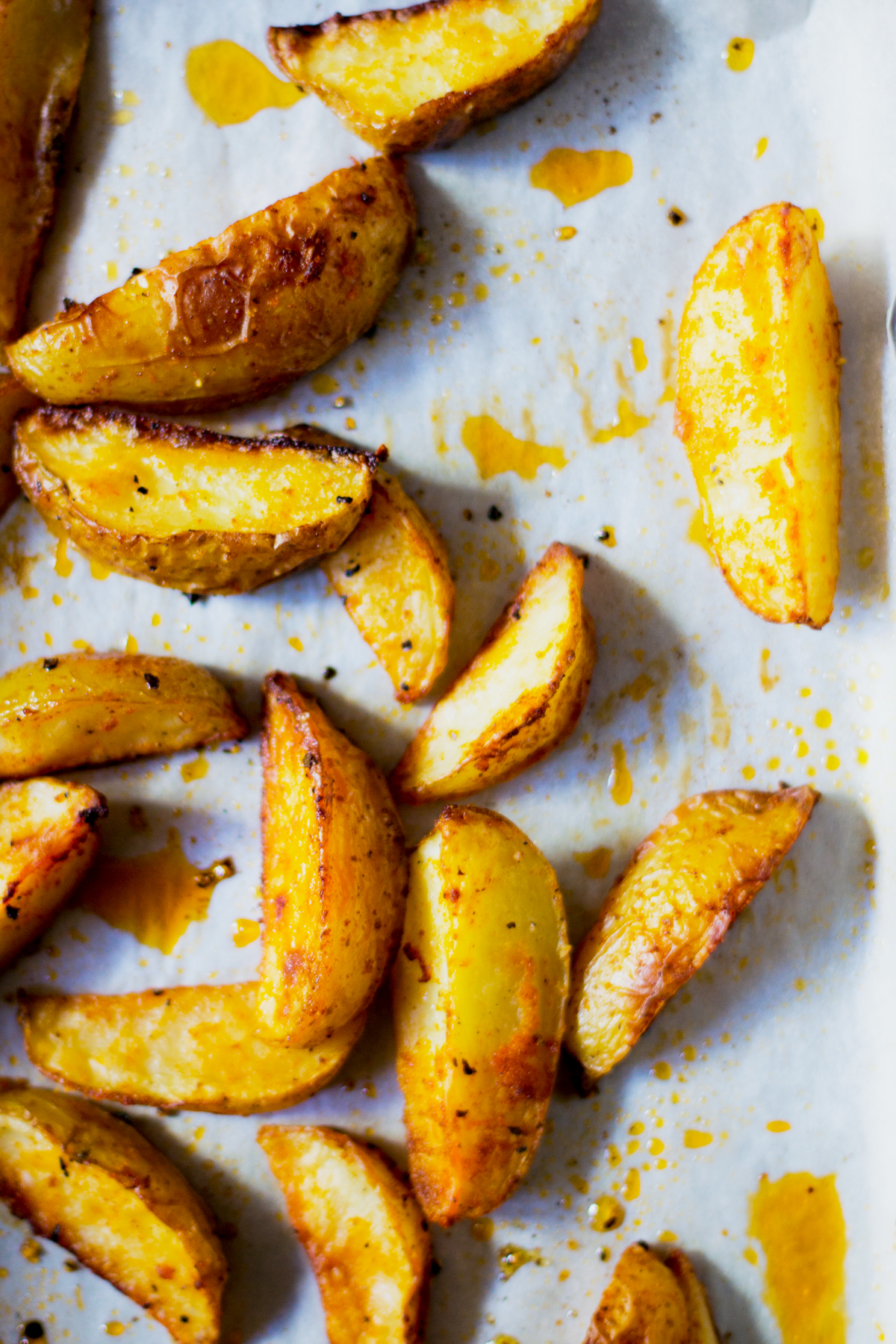



No Comments